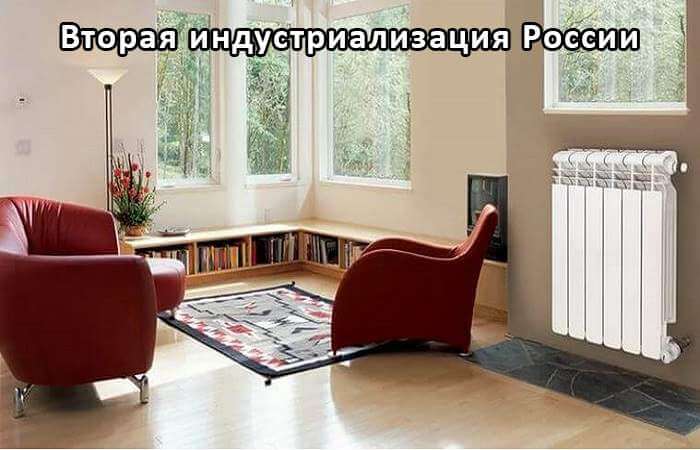Electric steam-dripping heaters for the home such as wall buy price economical economical oil ceiling to give the household thermostat reviews best outdoor car gun types

Electric heaters for home, public and industrial premises.
Electric steam-dripping heaters for home energy 1 m3 of heated space up to 20 W at an ambient temperature of -25 °C.
Description electric heaters steam-dripping type
The principle of operation of electric heaters steam-dripping type
Advantages of electric steam-dripping heaters type
The use of electric heaters steam-dripping type
Description electric heaters steam-dripping type:
Electric heaters steam-dripping type are Autonomous heating and constitute a sealed enclosure of stainless steel tubular electric heater (teh), a protective cover and electric switch control unit, automatically supports the set temperature of the air in the room.


Electric heaters steam-dripping type have a construction which differs from the existing traditional heat-exchange devices because they are based on standardized elements – heat pipes.
The heat pipe is a device to transfer heat from one zone (hot, heating) to another (cold, heating) with a small temperature gradient. The heat pipe in many ways is the most perfect of all the various devices for the transfer of heat (more than 90% of the evaporation zone to the condensation zone).
Electric steam-dripping heaters have an efficiency of close to 98%, produce comfortable heat temperature up to 70°C and do not dry the air. In pulsed mode, energy consumption by the heaters warm for a long period of time is allocated and when they are disconnected. The period of heat when disconnected is 50% or more. The lifetime of such heaters 30 years and more, the power of the heaters from 0.5 to 2 kW.

Inside the heater the temperature regime is monitored by the electronic control mechanism in the range of 90-120°C.
To maintain in the room (with insulation, the respective SNiP) temperature +18 – +23 °C at an outside temperature of -25°C energy consumption for 1 m3 of heated space – up to 20 watts. Average seasonal energy consumption for 1 m3 of heated space 5-7 watts. Given the absolute reliability, flexibility of control system and heating, the owner can set any temperature conditions, including for each room of the house until its complete disconnection, resulting in additional energy savings.
The tenant may use the release of heat, at its discretion, the electronic control will maintain the desired modes at the same time, the host can regulate the thermal regime in each room in the apartment, until his mute, not afraid to defrost, fill a neighbor or blow up the system.
The principle of operation of electric heaters steam-dripping type:
Happens closed circular transformation of electric energy into thermal energy. A small calculated amount of water is heated using electrical energy. Water by boiling is converted into vapor in a hermetic cavity of the heater. Giving heat, steam condenseries, the condensate flows down the inner inclined surface to the heating element, transformed again into steam.
Advantages of electric steam-dripping heaters type:
– electric heaters steam-dripping type is not dry and does not pollute the air of fire air of dust;
– heat output due to its design, the technological features of up to 30% more than existing on the market of electric heating devices;
security. The system is not defrosting, explosive, flammable and environmentally safe;
– the ability to automatically adjust the set temperature in each room, apartment, room, etc., by the owner, tenant, without fear of leaks to form and pour the neighbors, to defrost or to blow up the heating system does not require constant maintenance staff;
– simplicity and speed of installation of such systems, especially in the construction of low-rise housing, apartment buildings, reconstruction of old housing etc more quickly solve complex issues existing heating such objects;
– the ability to stabilize and reduce the level of payment for consumed heat;
– a more proportionate capital investments on the production of heat in different regions of Russia depending on their climatic conditions;
– extension of the term of operation of such heating systems up to 30 years or more with minimal cost to their operation;
– the ability to save gas, oil, solid fuel, using centralized heating systems 2-circuit system, where the 1st circuit maintains a minimum temperature in the building, the 2nd circuit consisting of electric heaters, steam-dripping type, more flexible regime only in those areas that are in demand at this time;
– through technical solutions and technological features in an electric steam-dripping heater-type electric heating elements for a long period of time do not burn out;
– electric steam-dripping heaters are type satisfy all of the requirements of existing Sanitary and can freely be used in the construction, reconstruction, etc. of residential, public and other buildings.
The use of electric heaters steam-dripping type:
– for heating of residential, public and industrial premises of various purposes;
– for heating of cottages, country houses, private houses, hotels, etc. in the autumn and spring period;
– as the heat stabilizers (stabilize thermal regimes in their respective rooms), especially in the North, and the other, at the sharp decreases in night temperatures in houses with stove heating, with boilers running on wood, charcoal, etc.;
– as the fuse of the defrost utilities (water, sewage in the basements of various buildings, water pumping, sewage, wells and other detached buildings);
– when replacing the heating system in houses in operation for more than 30 years.
– for apartment electric heating in energy-efficient buildings where it is appropriate the use of a water supply system with its heat supply stations, networks and systems of pumping of coolant;
– for buildings with periodic mode of operation clubs, culture palaces, hotels, motels, resorts, country houses, various workshops, workshops, premises for small businesses, as well as stage 2 for space heating, where the traditional sources do not generate the required thermal regimes.



